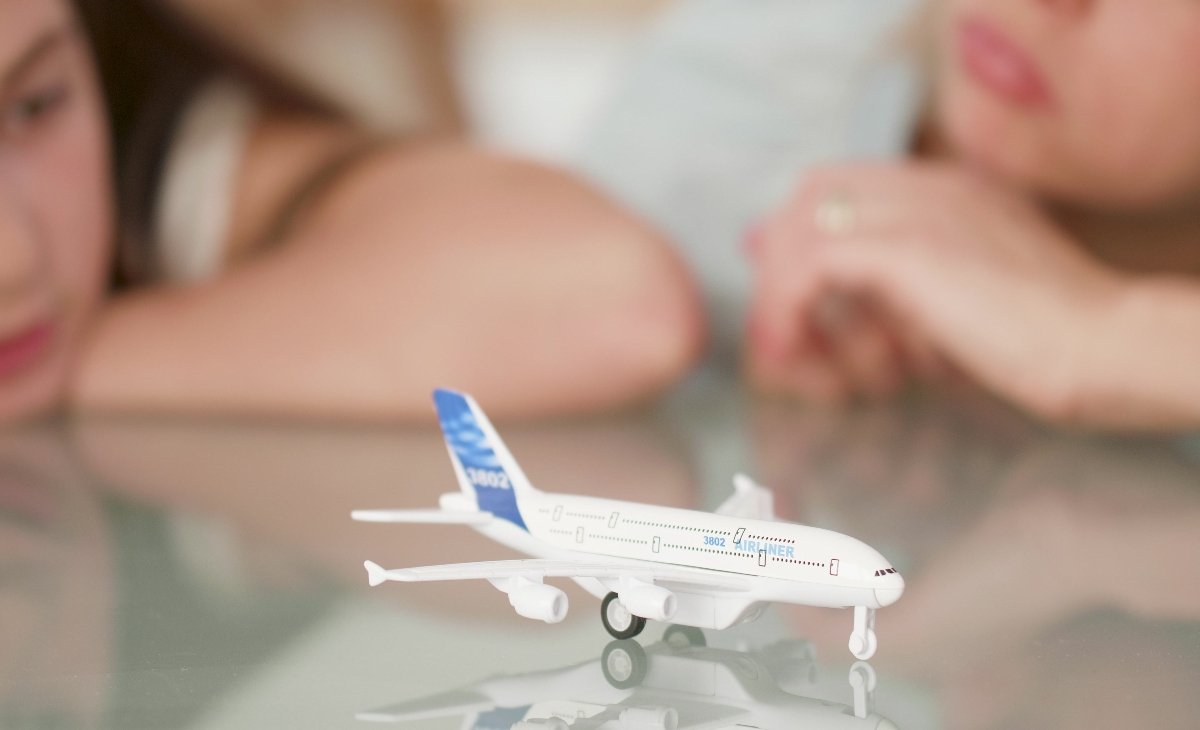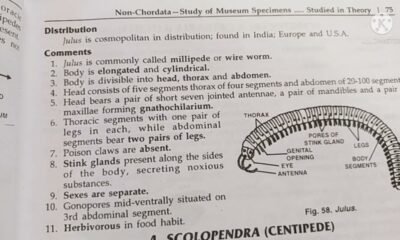Blog
United Airlines Flight UA770 Emergency Diversion to ORD

United Airlines Flight UA770, originally en route from Denver to Orlando, was suddenly diverted to Chicago O’Hare International Airport after the flight crew declared an emergency mid-air. What began as a routine cross-country flight quickly transformed into a high-stress situation that tested the airline’s protocols and crew training. Within minutes of the declaration, air traffic control rerouted the plane to the nearest equipped airport. Passengers onboard experienced a mixture of confusion and reassurance, thanks to the calm professionalism displayed by both pilots and cabin crew. The aircraft landed safely at ORD, where medical personnel, maintenance teams, and airline representatives stood ready on the tarmac.
Early Flight Experience and Route Overview
United Airlines Flight UA770 took off from Denver International Airport in the late morning, aiming for a smooth three-hour journey to Orlando International. Travelers expected clear skies and standard flight conditions. The aircraft, a Boeing 737 Max, was carrying approximately 150 passengers that day. The route passed over widespread Midwestern terrain, with Chicago’s airport about halfway along the flight’s intended path. ATC communication remained routine until the pilots alerted authorities to an in-flight emergency, revealing that UA770 would need to divert to ORD.
You Might Also Like: Kotora Melnkalne’s Rising Global Fascination
Nature of the Emergency Declaration
As the aircraft reached its cruising altitude over Illinois, the flight crew activated the emergency squawk code, signifying a serious problem. While the specific cause remained undisclosed, reports suggested the presence of a technical fault potentially affecting pressurization or engine performance. In such cases, pilots rely on their training and airline protocols, requesting the nearest capable diversion airport. For UA770, O’Hare offered safety, efficiency, and the necessary support infrastructure.
Decision to Divert to Chicago O’Hare
Chicago O’Hare was chosen for its proximity and robust emergency handling capabilities. With multiple runways, significant ground support, and an efficient medical response system, ORD proved to be the best alternative. The diversion added roughly thirty minutes to the flight path, but ensured that potential risks were minimized. Mobile emergency units, including paramedics and fire crews, were pre-positioned on standby, anticipating the aircraft’s arrival.
Communication During the Incident
The cabin crew played a critical role in keeping passengers calm. As the emergency code was sent, flight attendants moved quickly to reassure passengers, provide updates, and oversee safety procedures. The pilot’s in-cockpit announcements reflected transparency, acknowledging the situation without causing panic. The cabin remained orderly thanks to these clear updates and visible measures underscoring passenger well-being.
Aircraft’s Safe Arrival and Post-Landing Protocols
United Flight UA770 executed a smooth emergency descent, guided precisely by ATC clearance. The Boeing 737 touched down securely at ORD and was directed to a remote apron. Upon arrival, paramedics and mechanics boarded swiftly to assess the aircraft and any passengers requiring assistance. The ONG cargo holds were also checked for anomalies. Once verified safe, passengers were allowed to disembark under supervision from airline personnel, who arranged onward transportation or hotel accommodations.
Passenger Reactions and Experiences
Travelers described heightened emotions of fear and gratitude. Fear came from the sudden turbulence and urgency of the situation, while reassurance grew from crew professionalism and thorough communication. Families and business travelers praised the expeditious yet composed handling of the incident, noting how the cabin crew adjusted service while prioritizing safety. Following evacuation, passengers were guided to waiting lounges where they received food vouchers, rebooking assistance, and medical attention if needed.
Cabin Crew Coordination
Crew members played a vital role in mitigating passenger anxiety. One typical reaction included distributing bottled water and explaining the situation. The lead flight attendant coordinated with the pilots to clarify the status, while the rest of the team facilitated calm in the cabin. Their performance highlighted the value of rigorous training in crisis communication, passenger block control, and adherence to safety standards.
Technical Failure or Passenger Medical Emergency?
While no official statement pinpointed the exact cause of the emergency, speculation suggested two scenarios. A technical failure involving pressurization, electrical systems, or engine components could have triggered the alert. Alternatively, a passenger medical event may have necessitated the reversal of course. Both circumstances prompt similar diversion procedures but rely on quick judgment from flight crews.
Flight Systems and Redundancies
United Airlines Boeing 737 Max aircraft are designed with multiple fail-safe mechanisms. Systems include dual pressurization controllers, backup engines, and redundant electrical units. Even so, faults can occur, particularly in complex combinations of age and recent maintenance. In-flight incidents are fortunately rare, but UA770 demonstrates why these safeguards are mandatory. The aircraft’s systems performed as designed, enabling pilots to execute a safe diversion despite the malfunction.
Role of Air Traffic Control
ATC was instrumental in prioritizing UA770’s needs. Upon receiving the emergency call, nearby control centers coordinated a smooth transition from the Chicago Center to O’Hare local control. Priority was given for approach slots, runway clearance, and emergency support logistics. This coordination underlined the efficiency of national airspace management when time-sensitive events arise and highlighted the synergy between airlines and airspace regulators.
Safety Measures Upon Arrival
Once on the ground, a structured safety protocol began. Emergency responders executed quick medical assessments for all passengers and crew. Fire trucks were positioned ready in case of engine overheat or system failure, while paramedics checked for signs of decompression sickness or stress. The aircraft remained grounded until full system checks were completed, ensuring traceable maintenance records before resuming service.
Flight Disruption and Rebooking Procedures
Flight diversions can lead to cascading schedule disruptions. United Airlines deployed contingency teams to support affected travelers. Efforts included coordinating hotel transfers, offering alternative connections, or rerouting later in the day. Insured passengers were offered compensation under the airline’s commitment to customer care. Despite the stress, most affected travelers praised United for its organized response.
Communication from United Airlines
Official statements from United Airlines acknowledged the incident while refraining from premature technical analysis. The airline emphasized passenger safety and its commitment to transparent investigation. United promised detailed follow-up once fault assessment was complete. Early social media responses praised the crew’s professionalism and swift coordination with ground teams.
Investigation and Technical Analysis
Post-incident investigations are exhaustive. United’s maintenance crew conducted detailed system checks, while the FAA and National Transportation Safety Board were alerted. They retrieved the Flight Data Recorder and Cabin Voice Recorder, analyzed instrumental logs, and conducted mechanical inspections. The outcome will determine whether it was a mechanical or medical emergency—and guide future prevention protocols.
Insurance, Repairs, and Return-to-Service
Chicago’s maintenance facilities handled initial diagnostics, replaced faulty parts, and completed certification processes. Once cleared by both United’s engineering team and FAA inspectors, the Boeing 737 Max was released for return to commercial service. The evaluation hiatus ensures that safety is upheld before recommencing passenger operations on the aircraft.
Safety Culture and Crew Training Impact
UA770’s incident reinforces the critical role of safety culture in aviation. United Airlines maintains rigorous training protocols, including in-flight simulations for technical faults and passenger medical events. Crew readiness paid off with decisive, calm action that protected lives. UA770 stands as an example for both aviation professionals and travelers alike.
Historical Context of Emergency Diversions
Flight diversions are rare but important events that reinforce standards in civil aviation. From flight 191 at Chicago O’Hare in 1979 to more recent cases like Southwest Flight 1380 in 2018, each emergency has catalyzed procedural improvements. United Flight UA770’s safe outcome adds another positive chapter in airborne safety, demonstrating how systems and training converge when called upon.
Passenger Rights and Recourse
Regulations require airlines to provide necessary care—food, lodging, and transport—when flights are disrupted. As UA770 passengers discovered, United Airlines offered immediate assistance post-diversion. Compensation can be demanded under DOT guidelines, especially if delays exceed statutory thresholds. Passenger advocacy groups continue driving regulations that protect traveler welfare in exigent circumstances.
Future Implications for United and Aviation
The UA770 event will influence multiple areas. Airline training programs may be updated to reflect lessons learned. Maintenance schedules might recalibrate based on component failure patterns. Broader aviation authorities could revise policies for mid-route airports capable of handling emergency landings of large jets. Overall, each incident fine-tunes systems toward even safer skies.
Summary and Reflection
United Airlines Flight UA770’s diversion to Chicago O’Hare after declaring an emergency highlights the robustness of modern aviation. From cockpit protocols to ATC coordination and cabin crew communication, every step exemplified professionalism and preparedness. The passengers, though shaken, were protected and supported with care. While investigations continue, UA770 showcases the collective resilience inherent in global air travel. It serves as a testament to the systems, training, and judgment that make flying one of the safest modes of transportation—no matter the crisis.

 Blog7 months ago
Blog7 months ago[PPT] Human Reproduction Class 12 Notes
- Blog7 months ago
Contribution of Indian Phycologists (4 Famous Algologist)
- Blog7 months ago
PG TRB Botany Study Material PDF Free Download

 Blog7 months ago
Blog7 months agoCell The Unit of Life Complete Notes | Class 11 & NEET Free Notes

 Blog7 months ago
Blog7 months ago[PPT] The living world Class 11 Notes

 Blog7 months ago
Blog7 months agoClassification of Algae By Fritsch (11 Classes of Algae)

 Blog7 months ago
Blog7 months agoJulus General Characteristics | Free Biology Notes

 Blog7 months ago
Blog7 months agoPlasma Membrane Structure and Functions | Free Biology Notes














